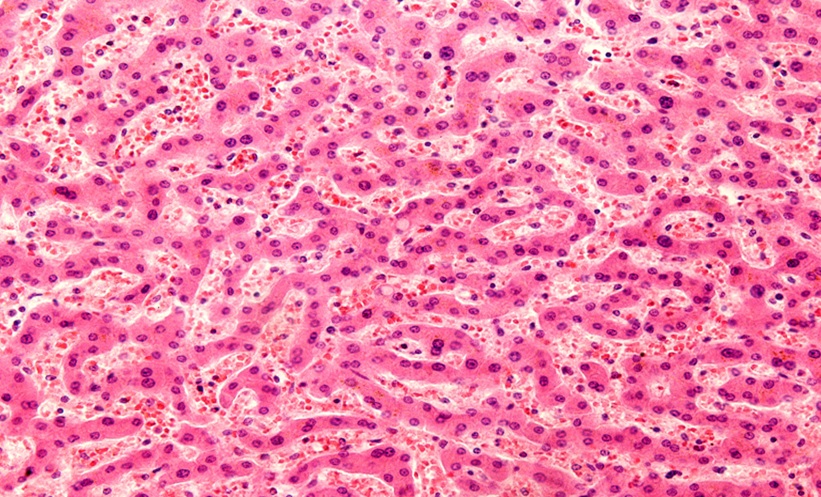A NEW clinical trial has revealed promising results for a combination therapy in treating metabolic dysfunction-associated steatotic liver disease (MASLD) in patients with type 2 diabetes. MASLD, the newly adopted term replacing non-alcoholic fatty liver disease (NAFLD), better reflects the disease’s underlying metabolic drivers. Its progressive form, metabolic dysfunction-associated steatohepatitis (MASH), is marked by liver inflammation and fibrosis.
In this 24-week, randomised, active-controlled study, researchers evaluated the effectiveness of combining low-dose pioglitazone (PIO), a thiazolidinedione, with empagliflozin (EMPA), a sodium-glucose cotransporter 2 (SGLT2) inhibitor. While each drug has shown benefits individually, PIO for improving liver inflammation and EMPA for reducing liver fat through weight loss, this is the first study to assess their combined impact from the outset of treatment.
The findings were significant: combination therapy led to the greatest improvements in liver fat and stiffness, as well as notable reductions in liver enzymes and fibrosis indices. Importantly, the therapy reduced harmful visceral fat without affecting protective subcutaneous fat.
The mechanism behind these results appears to go beyond blood sugar control. The combination significantly increased adiponectin, a hormone known to combat inflammation and fibrosis in the liver, and reduced free fatty acid delivery to the liver, a key driver of MASLD progression.
Despite the trial’s small sample size and 24-week duration, the results suggest this dual therapy could offer a safer and more effective approach to treating MASLD, avoiding the side effects often seen with higher doses of PIO. While more extensive studies are needed, ideally including liver biopsy data and long-term outcomes, this research provides a strong foundation for future exploration.
As the global burden of MASLD grows, particularly among those with type 2 diabetes, this study represents a significant step toward a targeted, combination-based treatment strategy with the potential to improve liver health and reduce disease progression.
Reference
Lee M et al. Synergistic benefit of thiazolidinedione and sodium-glucose cotransporter 2 inhibitor for metabolic dysfunction-associated steatotic liver disease in type 2 diabetes: a 24-week, open-label, randomized controlled trial. BMC Med. 2025;23(1):266.








